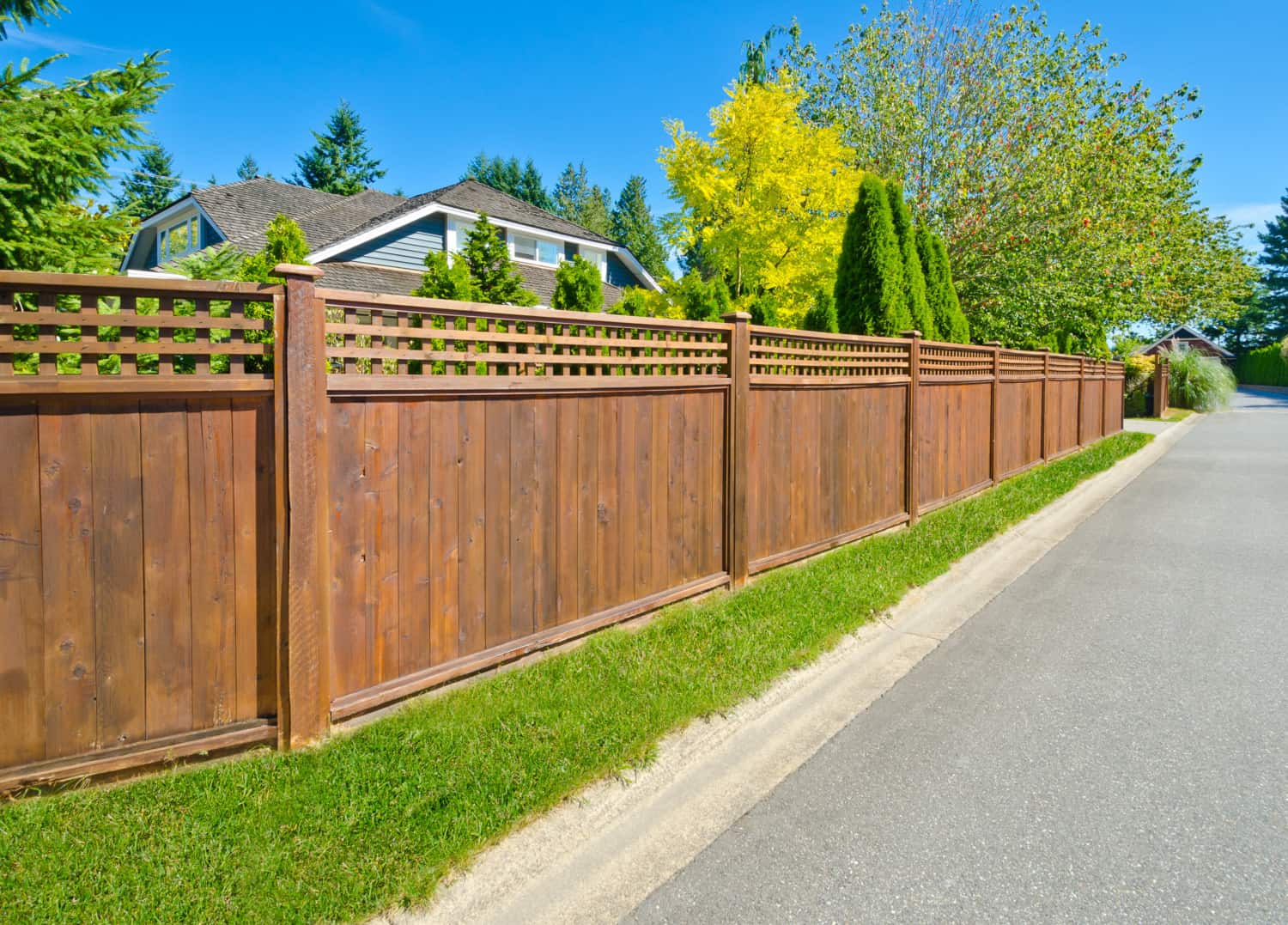All Categories
Featured
Table of Contents
Sustainable Fencing Choices for Eco-Conscious Property Owners
With growing environmental concerns, many homeowners are looking for sustainable solutions for their property’s fencing needs. The materials used for fencing play a critical role in creating a sustainable home environment. Traditional fencing options, such as wood treated with chemicals, can have negative environmental impacts. Fortunately, sustainable fencing options are available that help reduce environmental impact while still providing excellent function. Here are some great fencing alternatives for those who want to make an eco-friendly choice for their homes:
Bamboo is one of the most eco-friendly materials available for fencing. Known for its rapid growth and renewability, bamboo is an excellent choice for those who want a fence that is both stylish and sustainable. Bamboo is lightweight, durable, and naturally resistant to pests, requiring no toxic chemicals. The natural beauty of bamboo fences blends well with various landscaping styles. Bamboo is biodegradable, making it a zero-waste option for fencing.
![]()
With growing environmental concerns, many homeowners are looking for sustainable solutions for their property’s fencing needs. The materials used for fencing play a critical role in creating a sustainable home environment. Traditional fencing options, such as wood treated with chemicals, can have negative environmental impacts. Fortunately, sustainable fencing options are available that help reduce environmental impact while still providing excellent function. Here are some great fencing alternatives for those who want to make an eco-friendly choice for their homes:
Bamboo is one of the most eco-friendly materials available for fencing. Known for its rapid growth and renewability, bamboo is an excellent choice for those who want a fence that is both stylish and sustainable. Bamboo is lightweight, durable, and naturally resistant to pests, requiring no toxic chemicals. The natural beauty of bamboo fences blends well with various landscaping styles. Bamboo is biodegradable, making it a zero-waste option for fencing.
2. Recycled Plastic Fencing
Recycled plastic fences are an excellent choice for those who want a low-maintenance and environmentally friendly fencing solution. Made from post-consumer waste, such as plastic bottles and containers, these fences help reduce plastic waste and keep it out of landfills. Recycled plastic fencing is weather-resistant, doesn’t require painting or staining, and can last for many years without deteriorating. Recycled plastic fences offer both sustainability and longevity, requiring minimal upkeep.
3. Fences Made from Reclaimed Wood
Using reclaimed wood for your fence is another eco-friendly option. Reclaimed wood offers a sustainable option by giving new life to old, discarded wood. This type of fence provides a rustic, charming look while being a more sustainable choice. Each piece of reclaimed wood has its own story, and using it for fencing adds character and sustainability.4. Living Fences
Living fences, consisting of plants like hedges and vines, offer a sustainable, natural option for privacy. Living fences made from native plants are a completely natural and sustainable way to fence in your property. These fences provide privacy, reduce noise, and can improve air quality. In addition to being sustainable, living fences provide food and shelter for local wildlife.Conclusion
There are several eco-friendly fencing options available that allow you to minimize your impact on the environment. Whether you choose bamboo, recycled plastic, reclaimed wood, living fences, or composite materials, these eco-friendly choices allow you to have a beautiful and functional fence while still making a positive impact on the planet. By considering the environmental benefits of your fencing choice, you can create a more sustainable outdoor space.Table of Contents
Latest Posts
Uncover Budget-Friendly Auto Repairs with Montclare’s Exclusive Service Specials
Published May 29, 25
1 min read
Find Out How Your Partner at WyHy Maximizes Your Savings on Loans and Savings
Published May 25, 25
1 min read
Explore WyHy FCU – Your Path to Superior Financial Services in Wyoming
Published May 24, 25
1 min read
More
Latest Posts
Uncover Budget-Friendly Auto Repairs with Montclare’s Exclusive Service Specials
Published May 29, 25
1 min read
Find Out How Your Partner at WyHy Maximizes Your Savings on Loans and Savings
Published May 25, 25
1 min read
Explore WyHy FCU – Your Path to Superior Financial Services in Wyoming
Published May 24, 25
1 min read